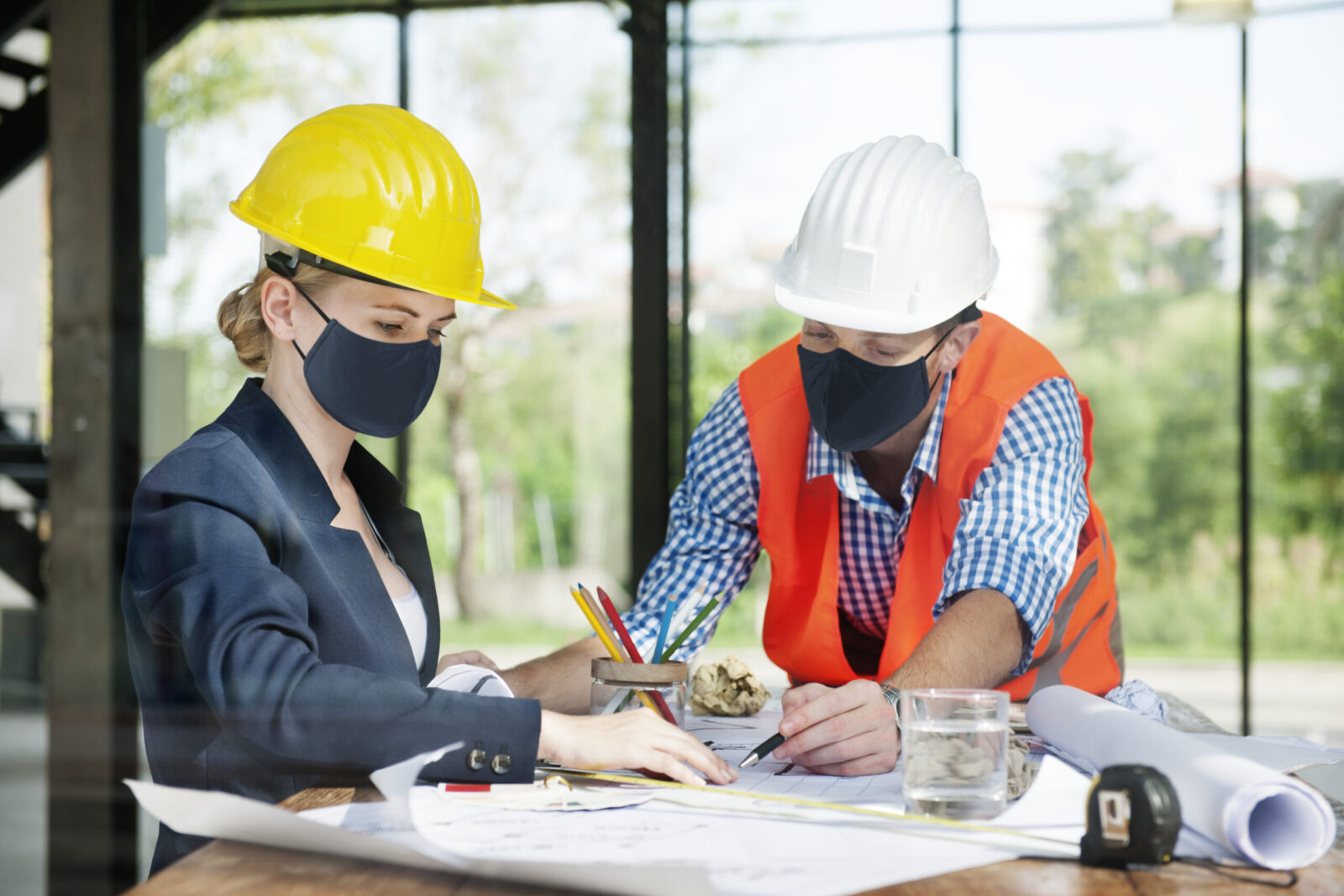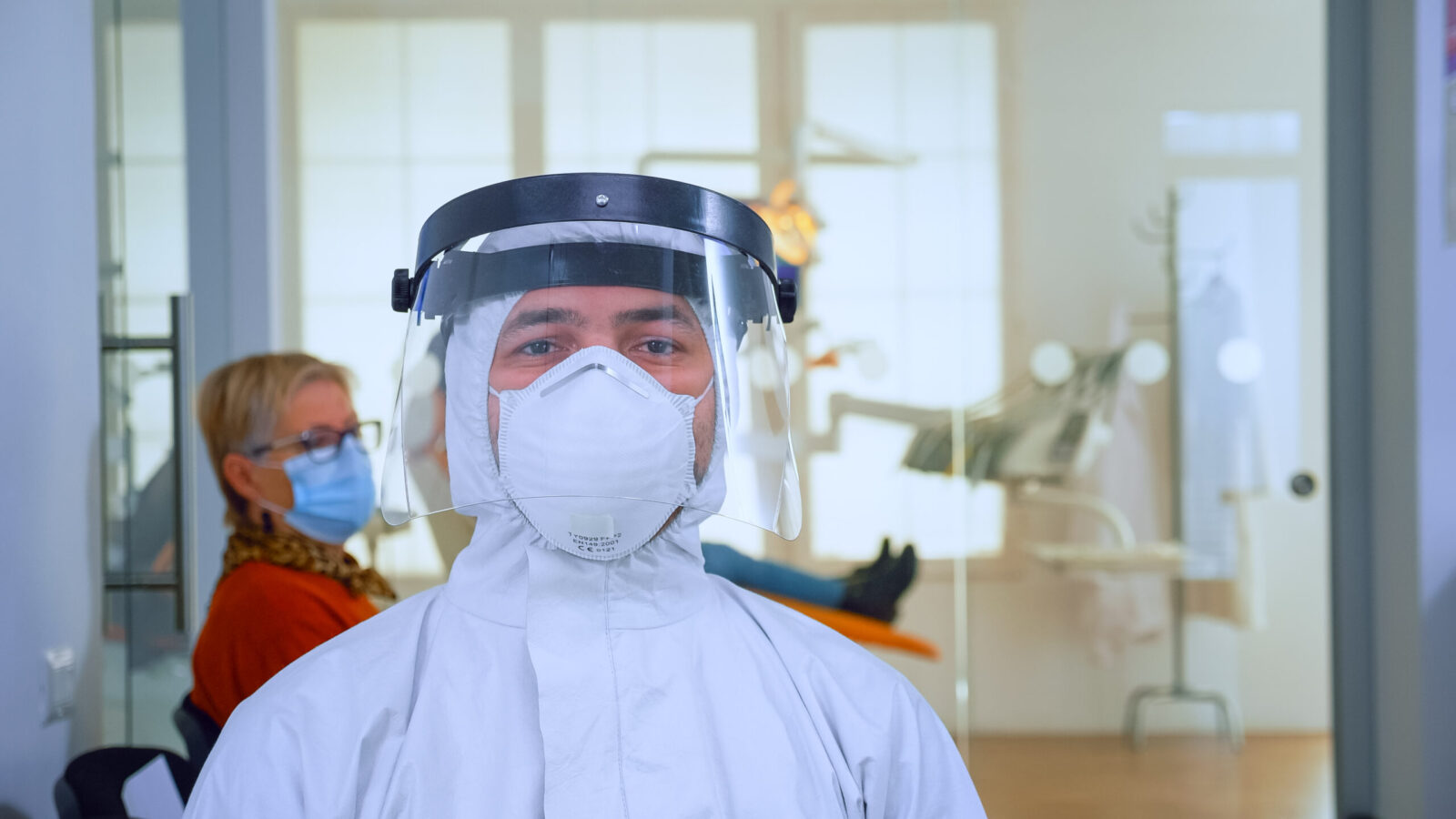
Top Compliance Strategies in Construction for 2024
Introduction In 2023, following the rules is more important than ever in the very controlled building business. As long as...

Get 20€ off on your first order!
Construction is among the most dangerous jobs, with many injuries and deaths. Construction worker safety is critical, and thorough safety training programs reduce these dangers. OSHA and other safety organisations stress the necessity for specialised training to manage construction dangers. This blog article will discuss 10 crucial safety training programs that can improve construction workers’ safety and well-being.
Cave-ins during excavation and trenching kill many construction workers. The excavation and trenching safety training programs stresses dangers at excavation sites and constrained places and trains personnel how to respond.
This training program emphasises protecting and supporting trenches, which might collapse at any time. It should also cover ladder and ramp layout and trench box and shield use and maintenance.
Importantly, any excavation and trenching work requires a qualified person on-site at all times to detect and manage possible dangers. Training your employees in this area can greatly decrease injury and death.
Construction workers can stay safe using OSHA’s safety training programs. Their courses include scaffolding safety, fall prevention, excavation dangers and electrical safety for beginners and experts. The training includes OSHA introduction, material handling, ergonomics, restricted space entrance, and job site rules.
OSHA construction training also familiarises personnel with OSHA standards and regulations, inspection procedures, and law and guideline compliance. OSHA construction training also helps avoid costly fines and penalties for noncompliance.
Falls are one of the major causes of construction deaths, thus every company requires a fall safety and prevention program. Workers should learn how to detect and assess fall hazards and use and maintain fall protection equipment in this training session.
Proper fall protection and avoidance training should also cover things like guardrails, safety nets, personal fall stop systems and keeping the work site clean to lower the risk of tripping. They should also know how the weather changes autumn risks and how to get ready for them.
Fall protection training is required for all field workers, whether on scaffolding or the ground. This approach can drastically minimise fall-related injuries and deaths.
Hazard communication training is vital for many sectors, not just construction. This program educates workers to identify and analyse workplace health dangers and convey them to coworkers.
Construction sites expose workers to dangerous materials and chemicals. Hazard communication training must address MSDS usage, labelling, storage, and disposal. Workers must grasp safety practices to handle and protect themselves from hazardous chemicals since repeated exposure can harm health.
Toxic torts entail chemical exposure injuries. Toxic torts can occur if employers fail to instruct personnel on how to manage and protect themselves from hazardous items. Hazard communication training is essential. The Libby, Montana, asbestos epidemic is one of the most renowned hazardous tort cases.
Construction companies need a comprehensive hazard communication training program to minimise liabilities and safeguard workers. Hazard communication training also covers how to handle spills and leaks and evacuate the workplace.
Drills, saws, jackhammers, and nail guns are common construction tools. Workers must know how to use and maintain these tools.
Training on how to use power tools safely should cover things like holding on, staying stable, bad hand positions, and how to stand. And it should teach people how to stay safe around power tools by avoiding touch with the moving parts and wearing safety gear. Power tool repair training is necessary to keep tools working properly and to avoid accidents.
Without proper construction safety training, power tools can cause serious injury. Regular tool inspection, safe use, and correct storage help prevent construction site injuries.
Construction sites require cranes, which may be deadly if not operated properly. personnel learn how to detect risks, assess crane safety, and communicate with crane operators and ground personnel in crane hazards management training.
A good crane risks management program should also address signalling device use and maintenance, pre-operation inspections, and safe loading and unloading. Cranes provide a distinct construction danger due to their size and structure. To avoid mishaps and injuries, workers must master its utilisation.
Field workers risk burns, electric shock, eye injury, noise pollution, and hazardous fumes during welding. Workers must be trained in welding safety, including protective gear, material handling and storage, and workplace ventilation and fume management.
Welding may cause respiratory issues and metal fume fever, therefore this construction safety training programs should teach workers how to get medical help. Construction sometimes involves welding, but without sufficient safety procedures, it may be deadly.
This construction safety training must include address welding, soldering, and brazing variances. Each approach is unique yet shares many traits. Welding generates the strongest load-bearing connections, soldering the weakest, and braising in between. To avoid mishaps and perform successfully, personnel must comprehend each welding process’s safety precautions.
Some jobs need high-height work, such as roof maintenance or window installation. These scenarios require proper harnessing measures for safety.
They must know how to use and inspect a safety harness, balance at heights, and securely ascend and descend. Harnessing training should ensure that elevated workers understand equipment, restraint systems, suspension systems, controlled descent systems, and fixed or portable ladders.
Workers taking the training should also learn about high fall dangers, prevention methods, and equipment cleaning and storage. Harnessing procedures may greatly minimise injury risk and should be part of any construction safety training program.
On construction sites, rigging lifts, moves, places, and secures large materials, equipment, and machinery. Cranes, winches, and lifting beams are used.
Workers learn how to set up equipment, assess it for damage, and communicate with the crane operator during lifts in basic rigging safety training. This training should address safe hoisting equipment load capabilities, effective lifting practices, and how to avoid falling loads and tipping.
The most common rigging injuries are strains, sprains, crushed limbs, and death from falling loads. Field workers must know how to respect weight limitations, stay balanced during lifts, and secure loads to avoid accidents and jobsite damage.
Rigging personnel must additionally consider bumped or impacted piles, onlookers in the lifting area, and unstable ground conditions. Without adequate rigging safety training, accidents might happen, therefore workers must know the rules.
PPE refers to clothes, gear, or devices that shield workers from workplace risks. Hard helmets, goggles, respirators, and earplugs are examples.
PPE safety training should address what gear is needed for various activities, how to wear and check it, and how to clean and maintain it. PPE can only protect against particular risks, therefore workers should recognise its limitations.
Construction workers must recognise when PPE is needed and never approach dangerous areas without it. Proper PPE use reduces the danger of injury, disease, and death on the job, making it an essential part of construction worker safety training.
Few initiatives can secure workplace safety for workers like the ones above. Learn the proper harnessing, rigging, and PPE practices to prevent construction accidents and injuries.
In the construction sector, all workers must undergo basic occupational safety training like the OSHA 10 or 30-hour program. Construction organisations should also provide continuous and refresher safety training and resources to keep workers informed of regulatory changes and reinforce safety practices.
Employers should frequently analyse risks and give safety training to mitigate them, although the frequency depends on job duties and dangers at a building site.
Employers can track employee safety training and certifications using software or manual procedures. This simplifies information availability and ensures all personnel are appropriately educated.
Regulatory bodies like OSHA may examine safety training compliance. Regulators may fine companies that fail to offer safety training and preserve proper records.
To protect themselves and others, construction workers must grasp safety procedures and requirements. Effective safety training may avoid accidents and create a safe workplace.
Safety training is essential to decreasing construction accidents and injuries. Specialised safety training help workers learn and manage job hazards including fall prevention and power tool use. Maintaining safety and regulatory compliance requires regular training and upgrades. Comprehensive safety training protects workers and creates a safer, more efficient workplace, promoting safety in the construction business.
Thank you! You've signed up for our newsletter.



















Introduction In 2023, following the rules is more important than ever in the very controlled building business. As long as...

Introduction Construction is vital to the UK economy yet one of the most dangerous occupations. Construction sites hazards must be...

Introduction Personal Protective Equipment (PPE) is important for keeping building workers safe from the many dangers that are present. Because...

Introduction In 2023, following the rules is more important than ever in the very controlled building business. As long as...

Introduction Construction is vital to the UK economy yet one of the most dangerous occupations. Construction sites hazards must be...

Introduction Personal Protective Equipment (PPE) is important for keeping building workers safe from the many dangers that are present. Because...
Get 20€ off on your first order!
Save 30% by buying directly from brands, and get an extra 10€ off orders over €100
Save 30% by buying directly form brands, and get an extra 10€ off orders over €100